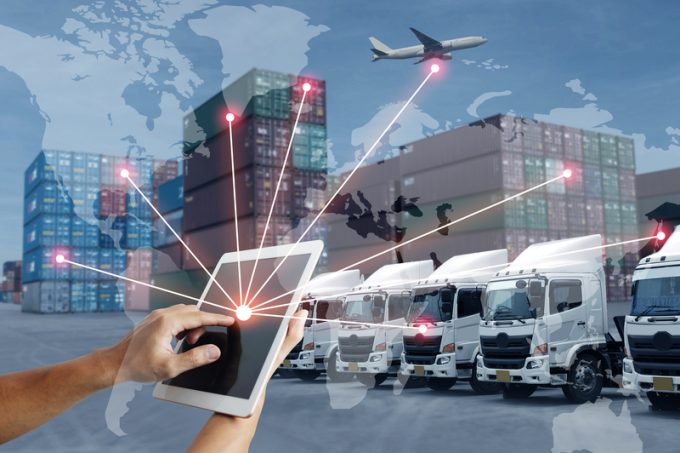SMM conference report: the future of shipping is how it deals with labour
The great and the good of the shipping industry recently congregated in Hamburg for the ...

In the second of our series on AI in logistics, we look at how it can help forwarders with their pain points
Embracing Artificial Intelligence (AI) can help forwarders address the “pain points” in their supply chains – but how looks different for each ...

Comment on this article